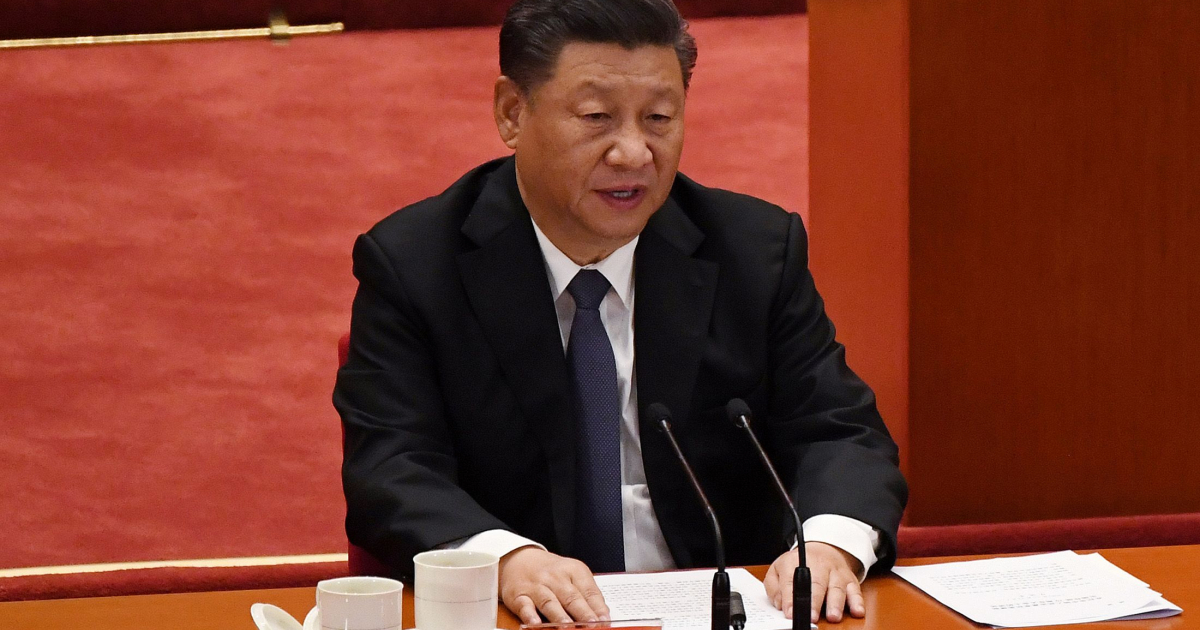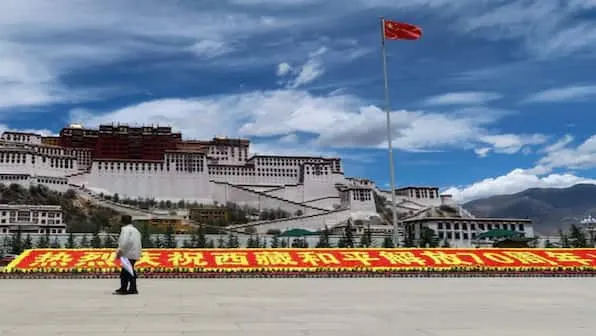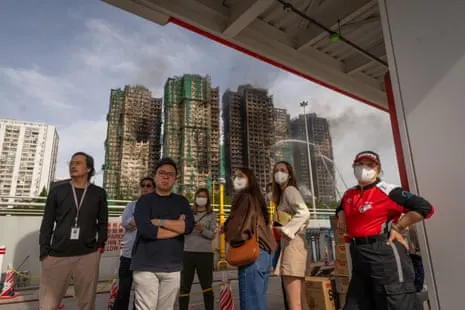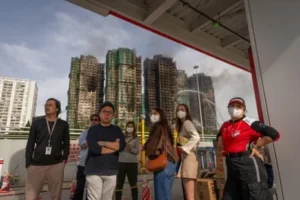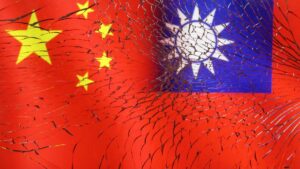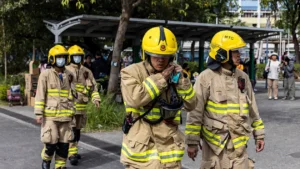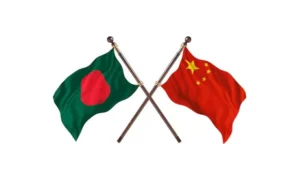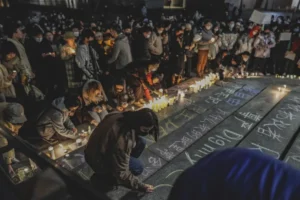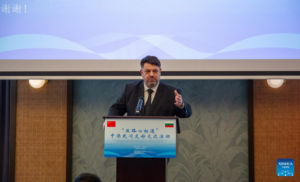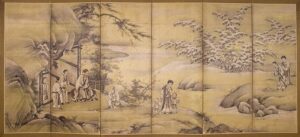Xi plays down concerns that China’s economy is turning inward
Chinese President Xi sought to ease concerns that China’s new ‘dual circulation’ strategy would make it more insular amid the fallout from the suspension of Ant Group’s IPO.
Chinese President Xi Jinping tried to reassure international businesses that the nation is committed to open trade, amid concerns that the new ‘dual circulation’ strategy will mean the world’s second-largest economy is set to become more insular.
China’s new development structure is “definitely not a closed domestic circulation, but a more open dual circulation between overseas and domestic markets,” Xi said at the opening of the China International Import Expo on Wednesday in Shanghai. The strategy won’t only address China’s own demand for growth, “but will also bring benefits to all countries around the world.”
Xi speech was closely watched, given the backdrop of the U.S. election result and the shock withdrawal of what would’ve been the world’s biggest stock-market debut, the listing of financial technology giant Ant Group Co. in Shanghai and Hong Kong.
He didn’t mention either of those events, sticking instead to broad commitments to economic opening at a time when Beijing’s growth model faces increasing challenges from the U.S. The trade expo comes less than a week after the ruling Communist Party laid out development blueprints stretching until 2035 that stressed the importance of self-reliance in technology and boosting the domestic market.
Xi’s speech on Wednesday evening in Asia took place hours after polls closed in the U.S. With relations with Washington continuing to worsen this year due to the pandemic and other factors, Xi delivered a veiled swipe at the U.S.
“Covid-19 is a stark reminder that all countries are in a community with a shared future. No one can stay immune in a major crisis,” he said. “We need to join hands rather than throw punches at each other. And we need to consult rather than slander each other, bearing in mind the common interest that binds us all.”
Shanghai Board
Xi has previously used the trade expo to reiterate China’s commitment to economic openness and the global trading order. During the first event in 2018, Xi announced a plan to set up a Nasdaq-style stock board in Shanghai, in an apparent bid to encourage internal innovation and reduce reliance on U.S. technology. The Star board has since emerged as the main listing venue for China’s leading tech companies, with Ant scheduled to make its debut there this week before the IPO was pulled.
China has been seeking to use the import expo to showcase its demand potential for quality goods and services and bring in foreign direct investment. Multibillion-dollar purchase deals have been signed at previous trade fairs, although many haven’t materialized. The coronavirus pandemic has made it difficult to honor some of the contracts signed last year.
Xi said that China would import more than $22 trillion in goods over the next decade. While that may be welcome news to the exporters from across the world who were at the expo, it doesn’t represent a big increase in actual trade flows. China imported about $2.1 trillion worth of goods in both 2018 and 2019, and the pandemic means that inbound trade has actually fallen this year.
Xi also promised to continue to shrink so-called negative lists for investment, which close certain sectors to foreign participation, and to shorten the list of restricted technology imports.
Social Distancing
Many international companies, including some top players in the pharmaceuticals, medical appliance, dairy, automotive and construction equipment sectors have signed up to join the expo, which is also comprised of multiple business seminars and forums on the sidelines, Chinese officials have said.
Top executives of many global firms and foreign state leaders will only join via video links and those who do attend will face mandatory nucleic acid tests and temperature screening. Social distancing is also required — the government will ensure the maximum number of people in the exhibition center in western Shanghai doesn’t exceed 30% of its capacity. The event runs until Nov. 10.
